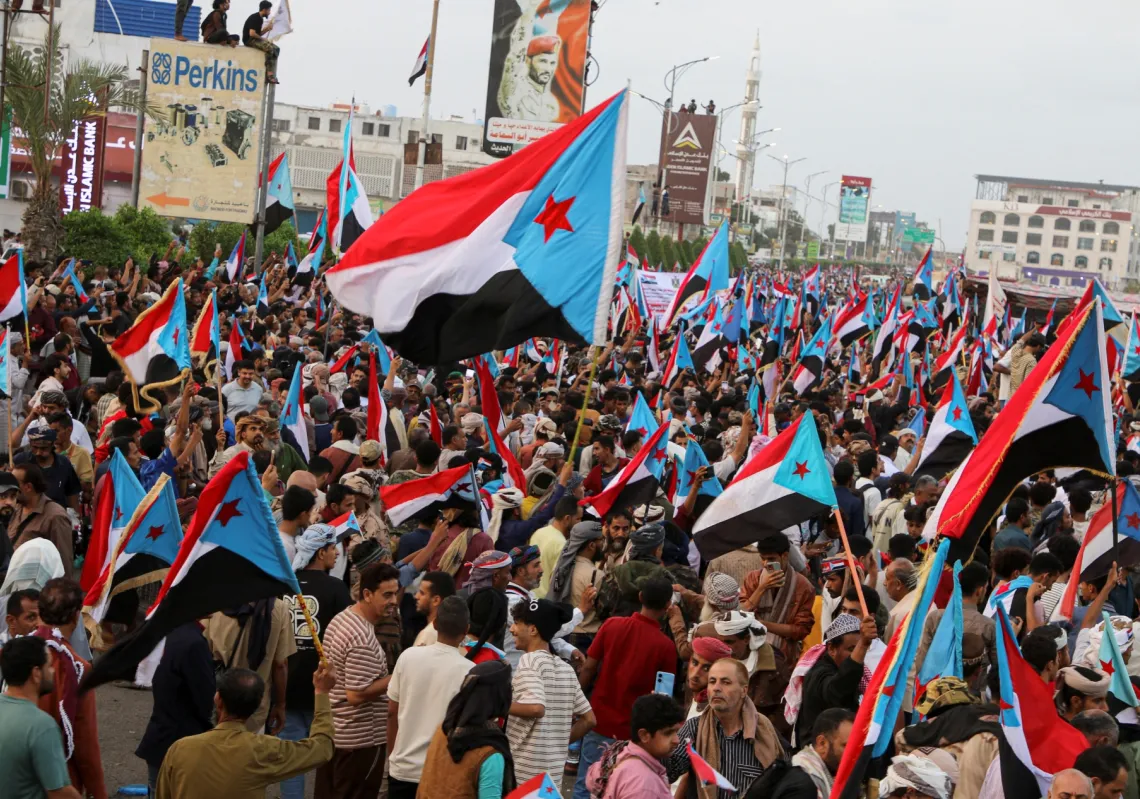Major regional and international powers are intensifying their efforts to turn a set of ideas into a detailed and interconnected action plan to end the war in Gaza.
It would begin with a 45-day ceasefire in Gaza and conclude with a major regional-international agreement before June, when the focus of American institutions, especially Congress, will turn to the presidential elections in November.
These ideas will be implemented in three stages: a ceasefire in Gaza, a political track involving Israelis and Palestinians, and a regional-international agreement.
CIA Director William Burns held talks with Israeli, Qatari, and Egyptian security and political officials in Paris to reach an agreement on a ceasefire in Gaza.
Al Majalla has obtained the draft text of said agreement.

Stage 1: Prisoner swap
The first step would see the release of hostages under the age of 19, Israeli women and the sick and elderly – in exchange for a specified number of imprisoned Palestinians.
In exchange for a temporary cessation of military operations, Israeli aerial reconnaissance, and the relocation of Israeli forces outside densely populated areas, there would be an intensified push to get humanitarian aid in, reconstruct hospitals across Gaza, allow the United Nations and its agencies to provide humanitarian services, and establish shelters for civilians.
The exact quantity of aid is still being determined, but the aid would include essentials like food and fuel and would be allowed in on a daily basis and allowed to reach all parts of Gaza, including the northern areas.
This temporary cessation would allow parties to complete the exchange of detainees and prisoners whose names are on pre-approved lists.

















